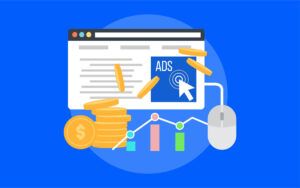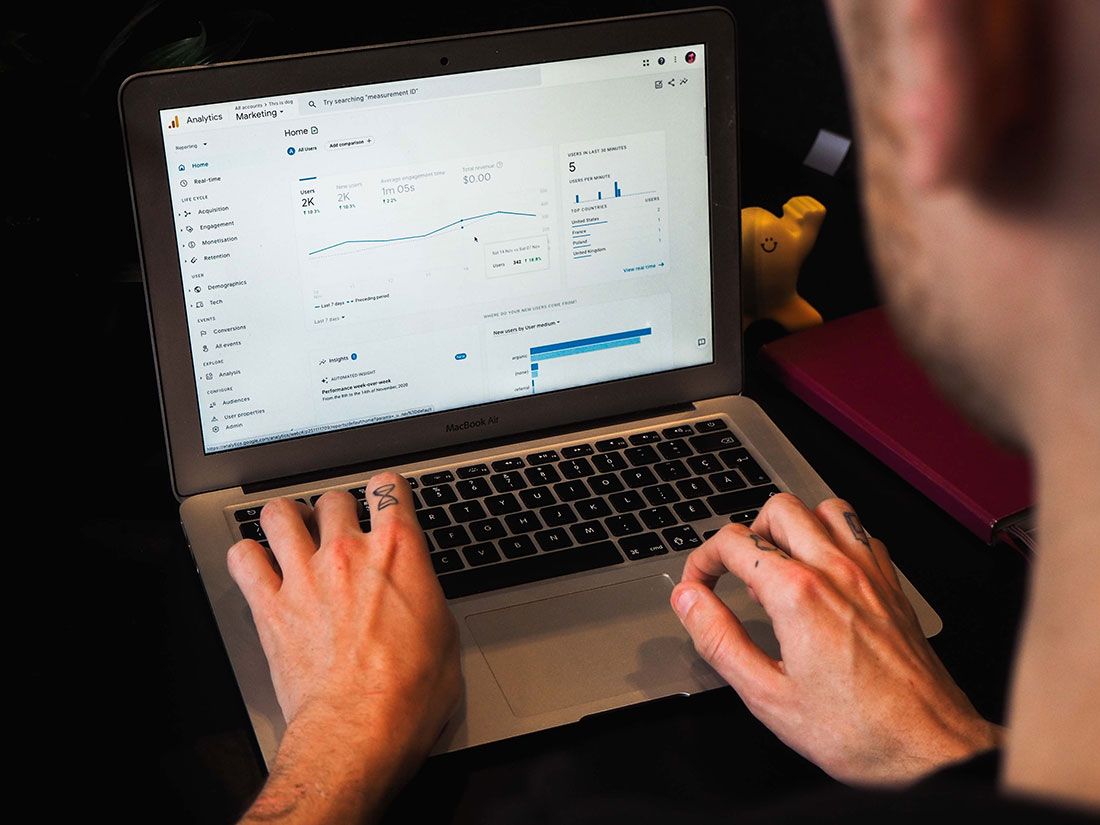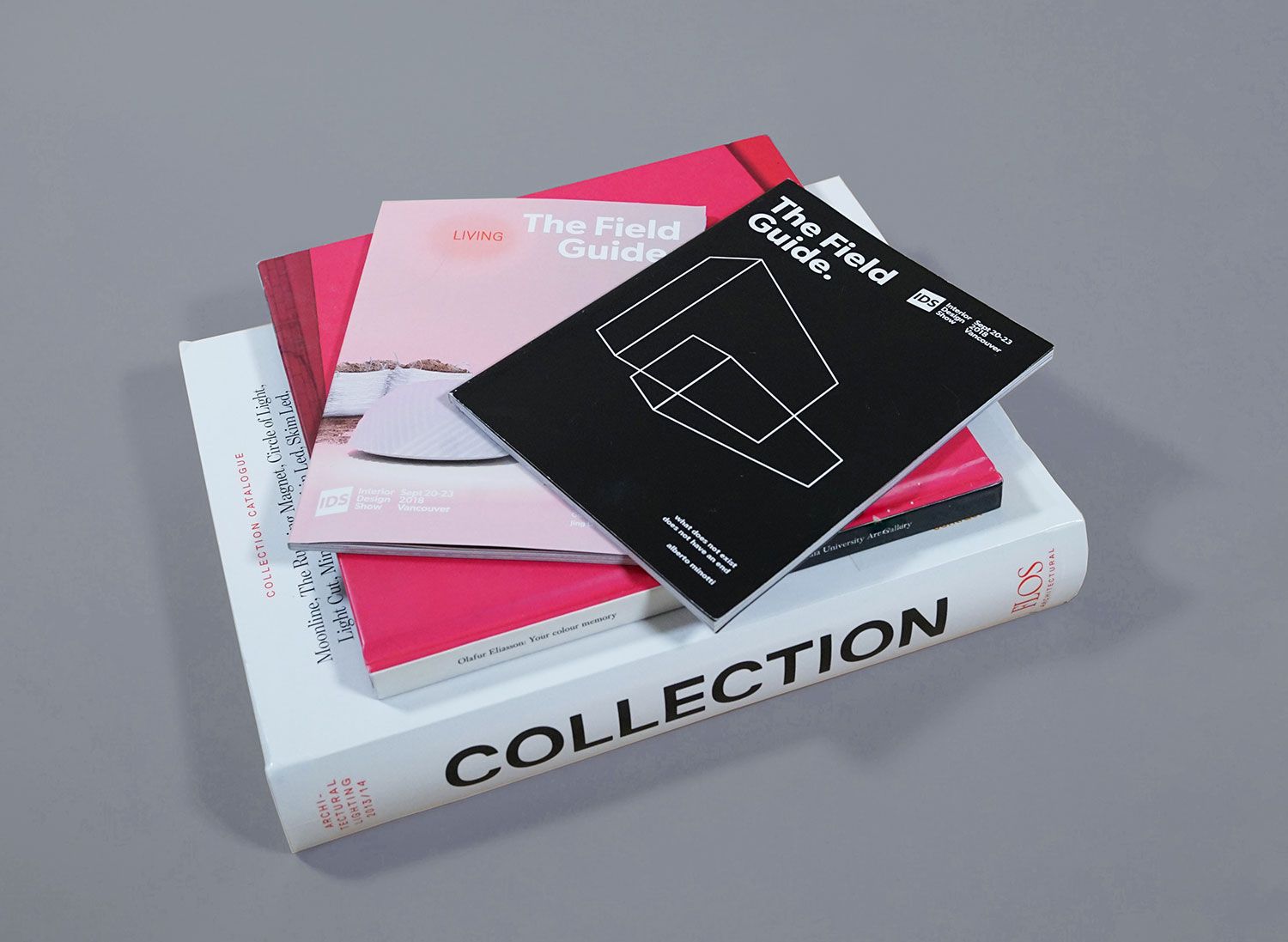Book design is the process of arranging text and images in a visually appealing and effective way. It involves various elements such as cover design, typography, layout, images, and color. Good book design can make a book stand out on a shelf, attract readers, and enhance the reading experience. Let’s explore the elements of book design, the different genres and formats, and some tips for effective book design.
Elements of Book Design Cover Design:
Cover design is a crucial element of book design, as it is the first thing readers see and can greatly impact their decision to pick up the book. A strong cover should be eye-catching, relevant to the content, and communicate the tone of the book. The use of quality images and fonts that are easy to read is essential. The title and author name should be legible and stand out.
It is important to consider the genre of the book when designing the cover, as certain genres have specific design conventions. For example, a romance novel cover may feature a couple in an embrace, while a mystery novel cover may feature a shadowy figure or a crime scene. The use of color can also impact the effectiveness of a cover, as different colors can evoke different emotions and set the tone of the book. Overall, a well-designed cover can make a book stand out on a shelf and attract readers. Here are some highlights that will help you design the cover:
Typography
Typography refers to the choice of font, font size, spacing, style and layout. It is important to choose a font that is easy to read and fits the genre of the book. The size and spacing of the text should be appropriate for the target audience. The hierarchy of text, such as headings and subheadings, can help guide the reader through the book.
Layout
Layout is basically the way text and images are arranged on the page. It is important to consider page size, margins, alignment, and the use of white space. Using columns and grids can help create a consistent and balanced layout.
Images
Images can enhance the reading experience and add visual interest to a book. It is important to choose high-quality and atractive images that are relevant to the content and fit the style of the book. The placement and sizing of images should be carefully considered. Captions and credits should be included as necessary.
Color
Color is a powerful tool in book design that can communicate emotions, set the mood, and create a visual hierarchy. Warm colors like red and orange can convey excitement or passion. On the other hand, cool colors such as purple and blue can create a calming or serene atmosphere. It is important to consider the intended audience and genre of the book when selecting colors. For example, a children’s book may use bright and playful colors, while a thriller may use darker or more muted colors to create tension. The use of contrasting colors can also create visual interest and help certain elements stand out. Overall, the careful selection and use of color can greatly enhance the visual impact of a book.
Designing for Different Genres and Formats Fiction
Fiction books should create an atmosphere and match the genre. The cover design should communicate the tone of the book. You can use typography to fit the genre and target audience. Layout should be consistent and balanced. Try to choose images to enhance the story and evoke emotions.
Non-fiction
Non-fiction books should convey information and use charts and graphs to illustrate concepts. Typography should be chosen to be easy to read and convey information effectively. Layout should be consistent and guide the reader through the book. Images and color should be used to enhance the content.
Children’s books
Children’s books should be visually appealing and appeal to young readers. Choose a serif font to be easy to read and fit the style of the book. Layout should be designed with readability in mind. Pick images carefully to be age-appropriate and add visual interest.
E-books
E-books should be designed to be read on different devices. Typography should be chosen to be easy to read on a screen. You should optimize for digital reading and consider interactive features.
Tips for Effective Book Design
Understanding the audience and genre is crucial to effective book design. Consistency in design throughout the book is important. Attention to details, such as kerning and leading, can make a big difference. Balancing text and images can create a visually appealing layout. Testing and refining the design can help ensure the final product is effective.
Book design is an important aspect of creating a successful book. Consider carefully the elements of book design, such as cover design, typography, layout, images, and color. Different genres and formats require different design considerations. Following some tips for effective









